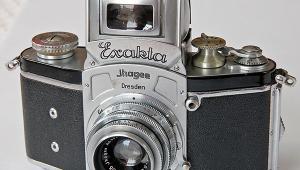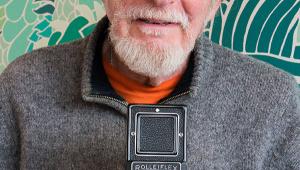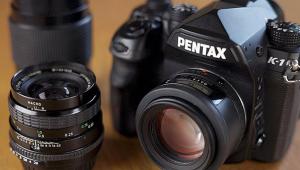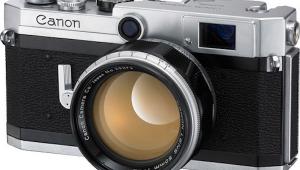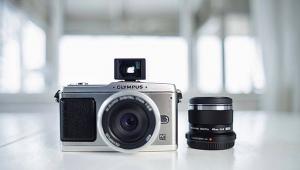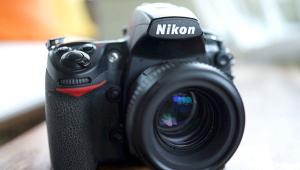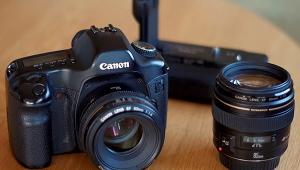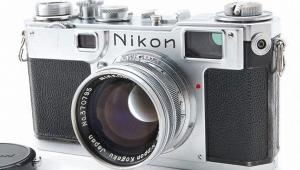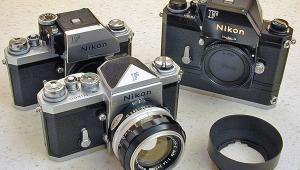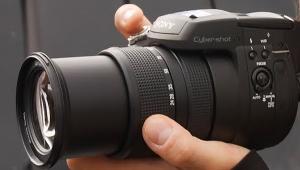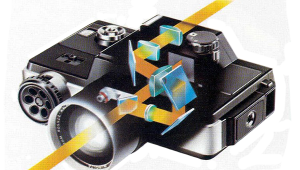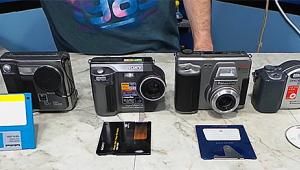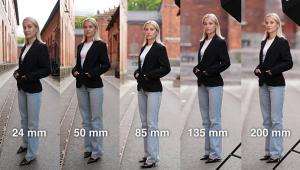Classic Cameras
Voigtlander Bessa
Anyone who reads Shutterbug regularly will know of my enthusiasm for modern Voigtländer cameras. I'm also extremely fond of the postwar Prominent 35mm leaf-shutter rangefinder camera, and I have a great (though guarded) admiration for its prewar 120 namesake, one of the most advanced rollfilm cameras of its day. But like other German makers, Voigtländer also offered some pretty pedestrian machines. The Bessa illustrated is one of them. It was introduced in about 1931 and re-appeared after the war: I suspect that the model illustrated is an early postwar version, when they were still using up some prewar parts. Lens And Shutter Options 120 Film Format Some Handling Foibles Compact Medium Format |


